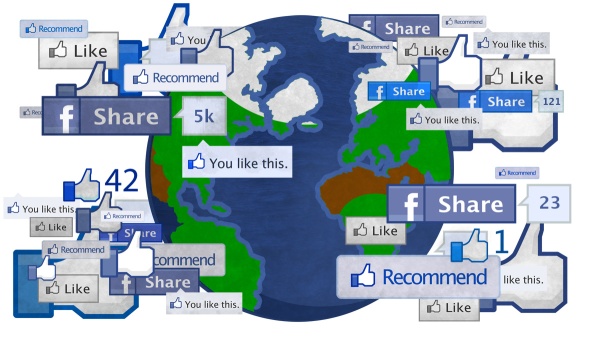 “It’s not authentic if everyone loves you.” – Stephen Strong (Alberto Culver) at theChicago Brand Advocacy Series.
“It’s not authentic if everyone loves you.” – Stephen Strong (Alberto Culver) at theChicago Brand Advocacy Series.
That is a message that every marketer needs to hear loud and clear, especially as the focus on social media gets stronger and recommendations carry more purchasing weight than ever before! The term “authenticity” gets used a lot now, but how many brands actually subscribe to being authentic, not just saying they are?
True authenticity in marketing requires brands to change their public filters. It used to be that a whitewashed image was the way to get consumers’ notice and buy-in (literally)…but now, if brands filter out any and all slight imperfections, consumers quickly get wary. If the only product/service reviews you allow the public to hear are about how amazing your product/service is, you quickly lose authenticity points.
 Empire Avenue is the new game in town. It sits squarely in the social networking space, but it has a different twist – one from which I think businesses may be able to gain valuable insights, all while allowing people to enjoy themselves.
Empire Avenue is the new game in town. It sits squarely in the social networking space, but it has a different twist – one from which I think businesses may be able to gain valuable insights, all while allowing people to enjoy themselves.


 Customer-centricity or getting closer to customers is often the focus of many executive meetings I attend these days. The question always arises, “how can we use new media to get closer to customers?”
Customer-centricity or getting closer to customers is often the focus of many executive meetings I attend these days. The question always arises, “how can we use new media to get closer to customers?”

 What does your organization do with legacy products and services? Things you started that never really caught on, or died out slowly over time?
What does your organization do with legacy products and services? Things you started that never really caught on, or died out slowly over time?